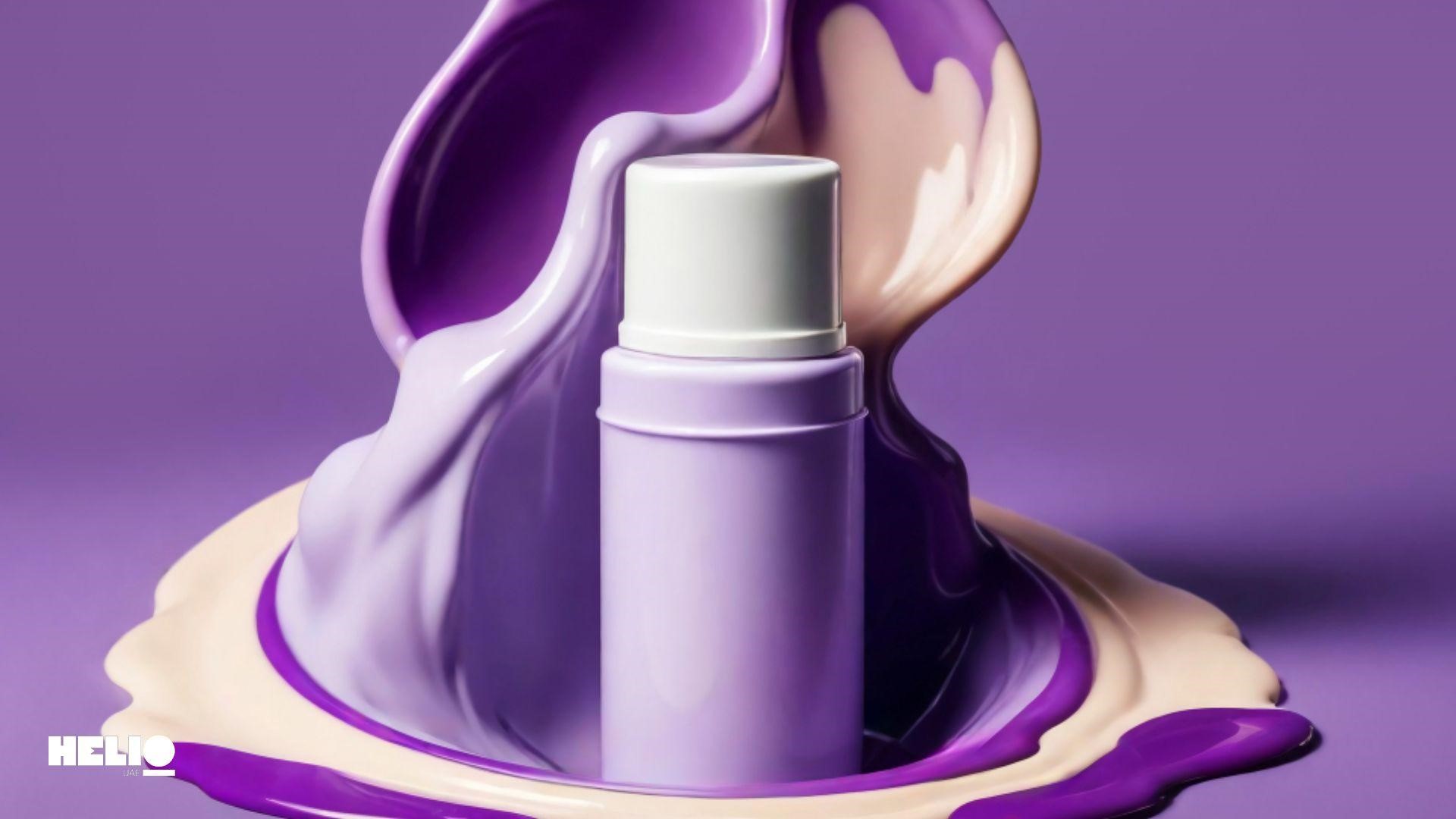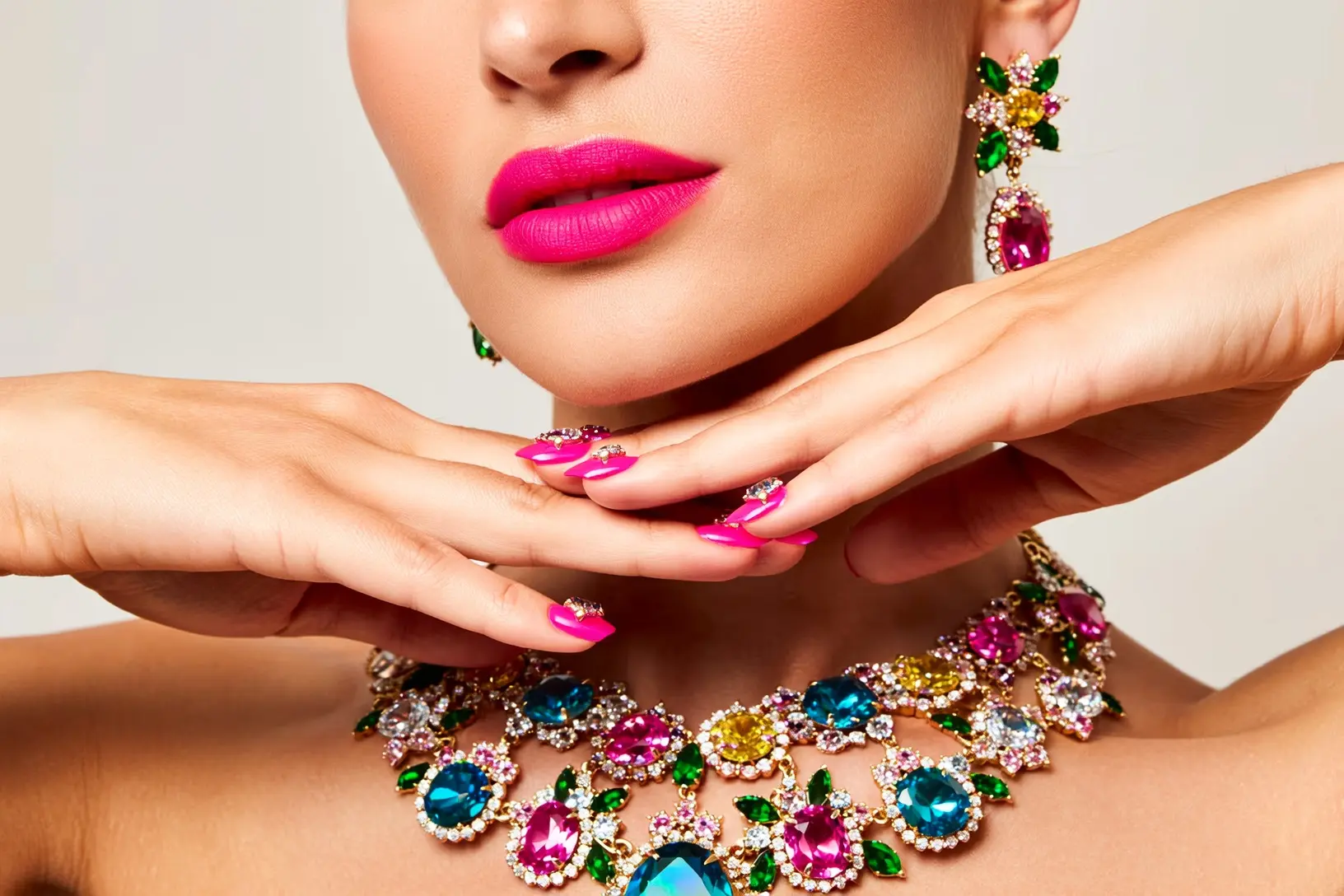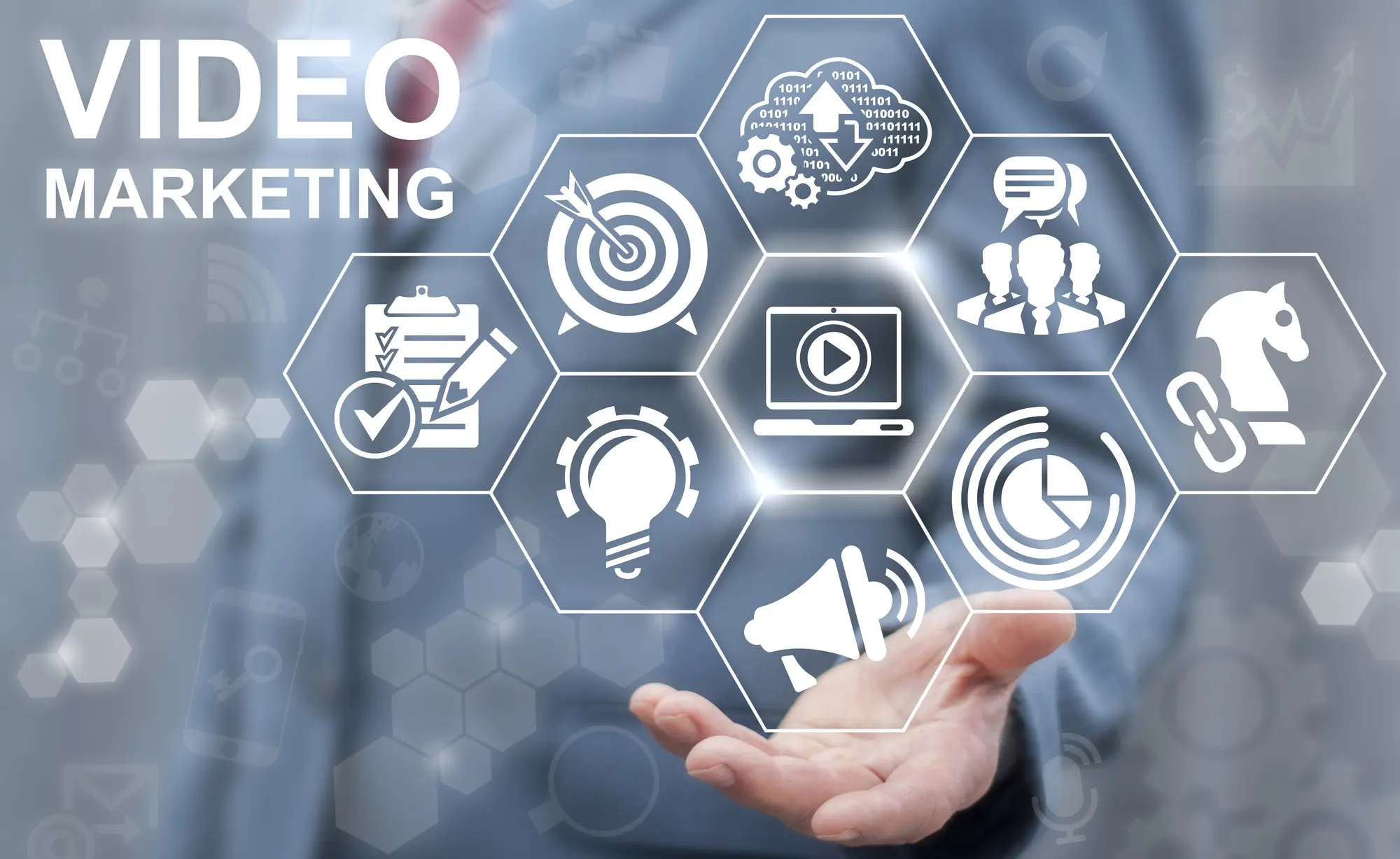In the past decade, computer-generated imagery (CGI) has transformed beauty advertising, helping brands and agencies like Helio marketing and advertising company create eye-catching campaigns that capture consumer interest and highlight product benefits.
Leading beauty companies like L’Oréal and Estée Lauder use CGI to develop hyper-realistic ads, allowing consumers to see detailed textures, colors, and product effects nearly indistinguishable from reality.
By leveraging CGI, these brands engage tech-savvy audiences and push creative limits, from virtual models like Lil Miquela to immersive digital tutorials.
CGI advertising also provides beauty brands with a flexible, cost-effective solution to create bold visuals, making it an essential tool for competitive differentiation in today’s digital-first landscape.
The Rise of CGI in Beauty Advertising
In the digital age, beauty brands increasingly turn to computer-generated imagery (CGI) to stay ahead of the competition. CGI offers a unique way to showcase beauty products, allowing brands to create stunning visuals that capture consumer attention and elevate brand identity. In this post, we’ll explore the role of CGI in the beauty industry, highlighting successful advertising campaigns that have harnessed its power to engage audiences.
Why Beauty Brands Are Adopting CGI Advertising
Beauty brands are leveraging CGI for a myriad of reasons. Firstly, it offers creative flexibility, enabling brands to bring imaginative concepts to life without traditional photography or videography constraints. CGI makes it possible to transform a cityscape or create an animated character. Additionally, CGI can be more cost-effective and environmentally friendly, reducing the need for physical resources and travel, thus lowering the carbon footprint of marketing campaigns. Lastly, it’s an excellent tool for consumer engagement, as it helps create immersive, interactive experiences that resonate with audiences.
CGI Videos in Beauty Industry
Integrating CGI videos in the beauty industry has transformed how brands communicate their stories and products. CGI videos offer a dynamic and engaging way to present makeup tutorials, product launches, and promotional content that resonates with tech-savvy consumers.
These videos can illustrate step-by-step application techniques with precision and creativity, showing transformations that may be difficult to capture with live footage.
Beauty brands are increasingly using CGI to create short films and video advertisements that highlight their latest collections. These advertisements incorporate elements like animated textures and color shifts that captivate and inform viewers.
By employing CGI technology, brands expand their creative canvas, allowing the fusion of fantasy and reality to craft visually stunning narratives that express brand identity and vision in vibrant and innovative forms.
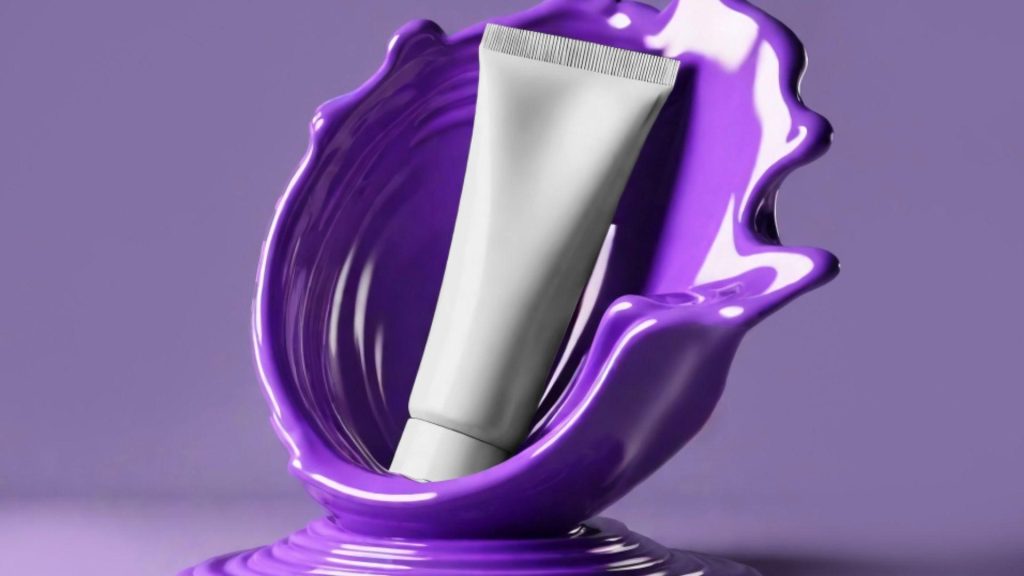
Beauty CGI Video Ads Examples
This section delves into instances where beauty brands have elevated their advertising through CGI video ads. By examining specific campaigns, we will uncover how these brands creatively utilize CGI to craft memorable and engaging advertisements that captivate their audience and differentiate themselves in the market.
- Estée Lauder Advanced Night Repair Campaign: This campaign used CGI to create mesmerizing visuals of their iconic serum, depicting how the product penetrates the skin overnight, enhancing engagement and consumer understanding.
- Dior’s Virtual Fashion Show: Dior utilized CGI to present their beauty and fashion products in a virtual runway show, blending captivating animations and dynamic displays.
- Chanel’s Le Rouge Collection: CGI was employed to showcase the lip color collection artistically and dramatically, highlighting the bold pigments and luxurious textures.
- MAC Cosmetics x Sims Collaboration: This unique partnership brought MAC’s makeup products into the virtual world of The Sims, using CGI to enable players to experiment with looks, effectively merging gaming and beauty marketing.
CGI Advertising Examples Of Beauty Products
Several beauty brands have mastered the art of CGI in beauty advertising, producing campaigns that showcase their products and captivate audiences with their creativity and innovation.
One standout example is the campaign by the renowned brand L’Oréal, in which CGI was used to create hyper-realistic animations of products in action, visualizing the transformation from application to finished look.
Similarly, Fenty Beauty embraced CGI by creating virtual influencers to demonstrate product versatility and reach diverse audiences across global markets.
Estée Lauder also broke new ground by integrating interactive CGI elements in its campaigns, allowing consumers to try on products virtually in real-time.
These examples illustrate how CGI pushes the boundaries of traditional advertising, creating immersive experiences that elevate brand storytelling and enhance consumer engagement.
Maybelline’s Lash Sensational Mascara Campaign
One noteworthy campaign is Maybelline’s Lash Sensational Sky High Mascara ad, which used CGI to take viewers to the streets of London. The campaign featured iconic landmarks adorned with oversized mascara wands and fluttery lashes. This whimsical approach captivated viewers and quickly went viral on social media. With over two million views, it demonstrated how CGI can amplify a brand’s message and increase visibility through shareable content.
L’Oréal’s Infallible Matte Resistance Lipstick Campaign
L’Oréal’s Infallible Matte Resistance Lipstick campaign is another fantastic example. Utilizing CGI, L’Oréal depicted a giant lipstick creating a bold red streak across a city road, symbolizing the product’s long-lasting effect. This eye-catching visual metaphor highlighted the lipstick’s durability and sparked significant social media engagement. By integrating CGI with a strong marketing narrative, L’Oréal effectively positioned its product as a must-have in the beauty industry.
Read More: Everything you should know Video Marketing
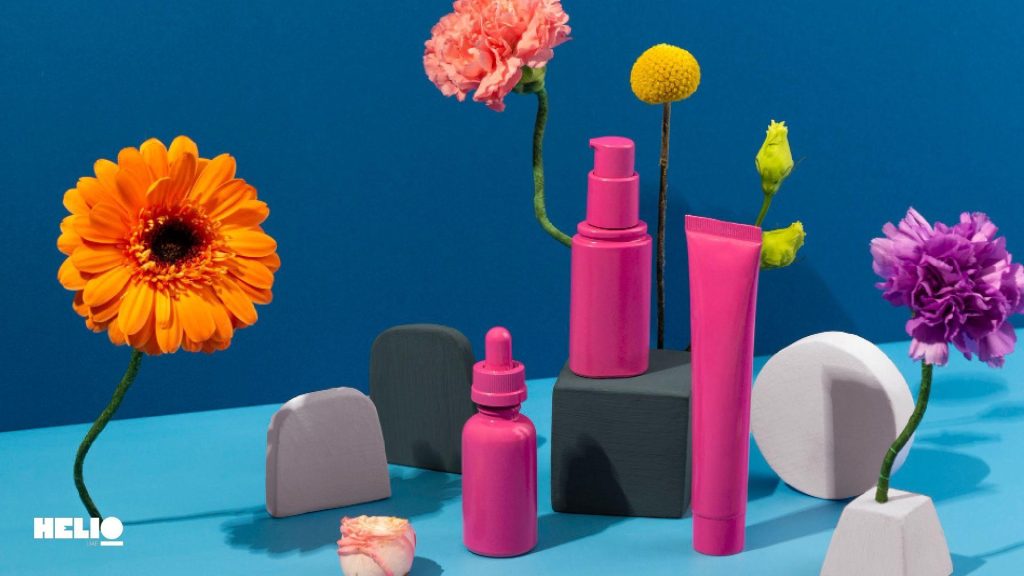
Benefit Cosmetics Canada’s Brow Product Campaign
Benefit Cosmetics Canada used CGI to spectacular effect with their brow product campaign. They showcased a massive version of their brow product atop Toronto’s CN Tower, blending local landmarks with brand identity. This bold integration captured the attention of local and international audiences, enhancing brand visibility and engagement. The campaign highlights how CGI can creatively align a brand with cultural symbols, making it memorable and distinctive.
Fae Beauty’s Lip Whip CGI Campaign
Fae Beauty’s Lip Whip campaign is a testament to how CGI can emphasize product diversity and innovation. The campaign displayed various lip shades floating and merging through high-quality CGI, creating a visually engaging narrative around color diversity. The use of CGI, paired with influencer marketing strategies, allowed Fae Beauty to capture audiences’ imaginations and boost brand presence on social media platforms.
Jacquemus’ Le Chouchou CGI Campaign
Although not a beauty brand, Jacquemus’ Le Chouchou campaign provides valuable insights for the beauty industry. By featuring vibrant, oversized bags in surreal settings, Jacquemus expanded the creative possibilities of CGI. This campaign influenced beauty brands to explore similar CGI techniques, demonstrating how dynamic and fantastical elements can enhance brand storytelling and visibility across social media.
The Impact of CGI on Beauty Advertising
CGI is reshaping the landscape of beauty advertising, offering brands a powerful tool to create memorable and engaging campaigns. By transforming traditional marketing into interactive experiences, CGI allows brands to tell compelling stories and establish a deeper connection with modern consumers. As more beauty brands adopt this technology, we can expect to see even more innovative uses of CGI in the industry.
CGI as a Game-Changer for Beauty Brand Success
CGI is reshaping beauty advertising by offering brands and companies like Helio Commercial Video Production Company limitless creative potential to captivate audiences and differentiate their products. Campaigns like L’Oréal’s Infallible Lipstick and Maybelline’s Lash Sensational Sky High Mascara have demonstrated how CGI can boost consumer engagement with visually striking, shareable content.
As beauty brands increasingly turn to CGI, they gain an edge by creating immersive, memorable experiences that align with modern consumer expectations.
For brands looking to elevate their digital presence, CGI provides powerful, innovative tools to build stronger connections, extend brand reach, and ensure their advertising resonates across platforms in a rapidly evolving marketplace.

